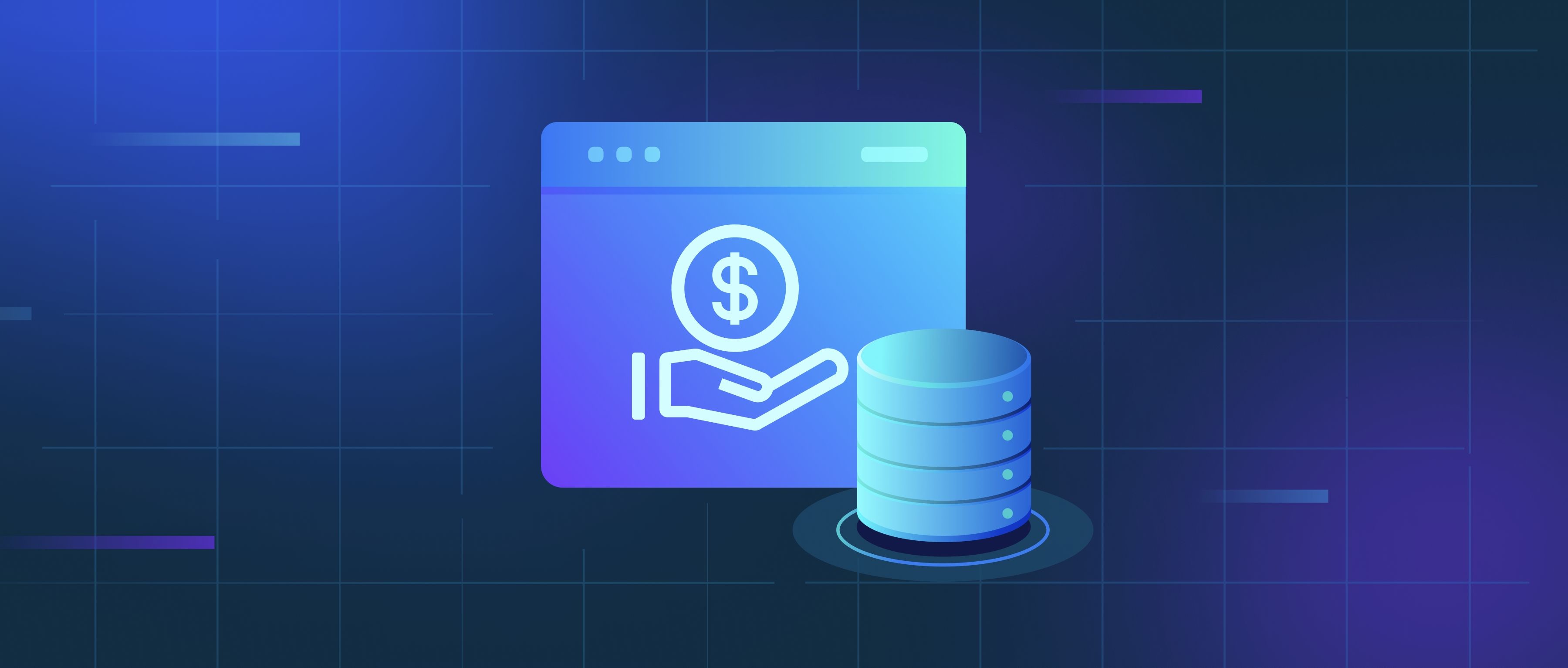To visualize the results of a Haystack query, you typically start by executing the query using the Haystack API or a suitable library in your application. After running the query, the result will usually be a structured dataset that contains attributes, tags, and values related to the data points you are querying. Once you have this data, the next step is to choose a visualization technique that fits the type of data you have and the insights you want to derive from it.
Common ways to visualize Haystack query results include using libraries like Matplotlib or Seaborn in Python for basic plots, or more advanced options like Plotly or D3.js for interactive visualizations. For instance, if your query returns temperature readings from different sensors, you may want to plot these readings over time with a line chart. In this case, you would extract the timestamp and temperature values from the query results, using them to create the axes of the chart. Alternatively, for categorical data, such as the status of different devices (e.g., on/off), a bar chart could be appropriate.
Lastly, consider using dashboards for real-time monitoring of your Haystack data. Tools like Grafana can integrate with your data source and provide dynamic visualizations without needing to write extensive code. By connecting Grafana to your Haystack query results, you can create a dashboard that updates in real time, providing a comprehensive view of the system’s performance. This method is particularly effective for operational data analysis, allowing you to monitor trends and identify issues quickly.
